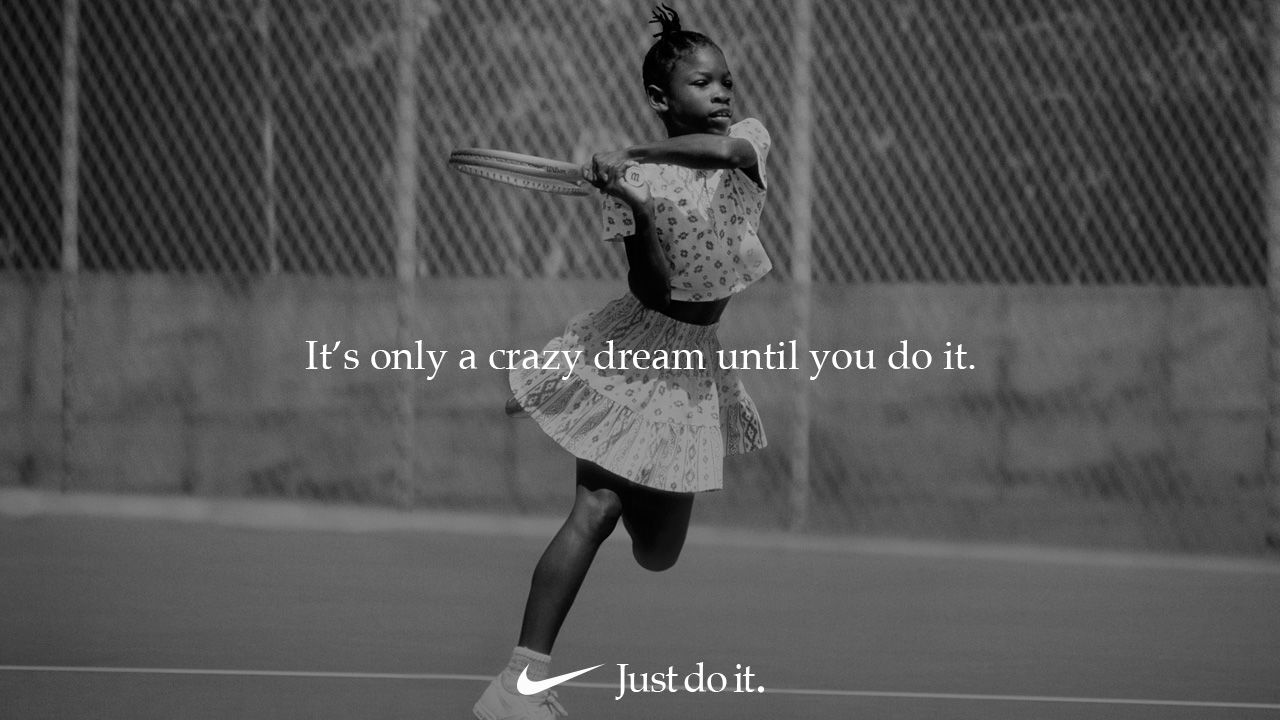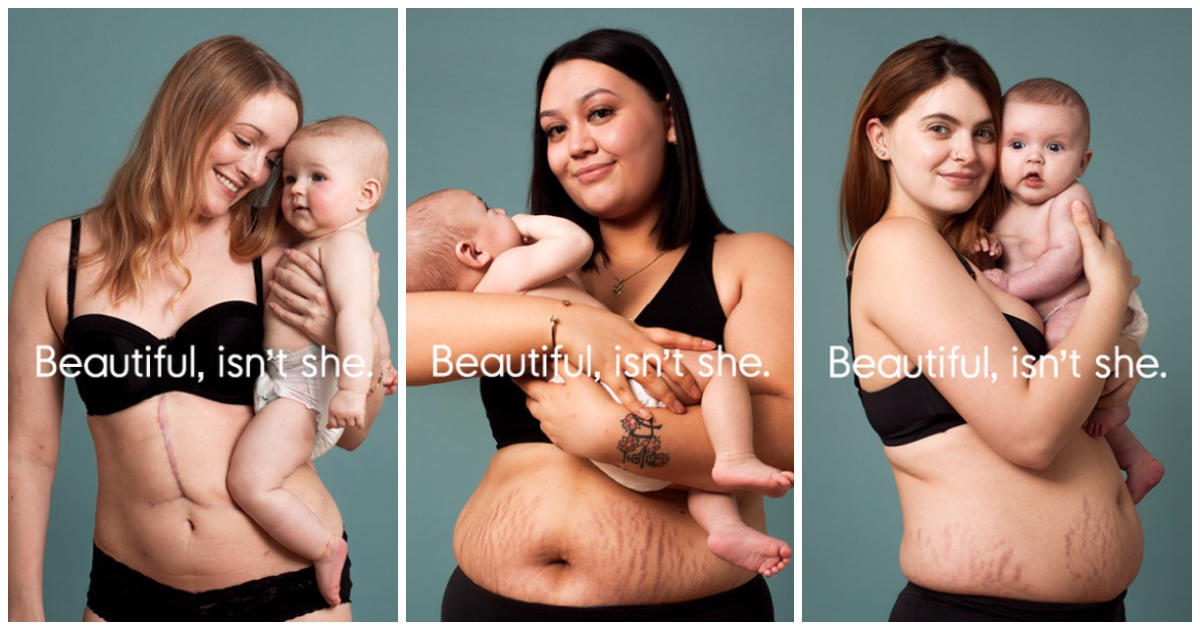International Women’s Day: What’s the Message?
08 March 2019
By Sophie Barber
Last week, Nicole Hanselmann, the lead rider in a women’s cycling race, was asked to pause after she caught up with the men in front of her. While it’s true that the race had certain procedures to follow, this incident seems to be a darkly comic metaphor for the way women are still held back in their professions.
As stories of women being held back in sport and other pursuits are still making headlines in the lead up to International Women’s Day, many brands are hoping to send a more positive message through their marketing campaigns. There has been a real shift in recent years in terms of the way women are represented in advertising campaigns. Rather than selling on the basis that women will buy things that make them look good or help them be more appealing, the messages have centred around empowerment, achievement and normalising “real” women.
The message of this year’s International Women’s Day is #balanceforbetter and revolves around creating a world with balanced opportunities for the genders. They state: “balance is not a women’s issue, it’s a business issue”, arguing that gender balance is important for communities and businesses to thrive. This is an important central point and demonstrates how the commercial world needs to reflect values of equality and progression for women.
We’re taking a look at how brands are projecting this message and what they can continue to do moving forward to create a balanced business world. Are brands genuinely tackling feminist issues in their marketing, or is it a case of “faux feminism” which only comes around once a year?
Nike – Dream Crazier
Nike’s latest advert is a follow-up to its previous campaign, “Dream Crazy”, which featured former NFL player Colin Kaepernick. This was a timely advert which confronted the issues of racial injustice associated with Kaepernick’s kneeling protest, and the consequent issues he faced in his career. The follow-up advert, featuring Serena Williams, already has almost 8 million views on YouTube and Campaign Live reported that it has already overtaken the important and controversial Kaepernick advert in terms of engagement. Nike have also created a dedicated page on their website where users can sign up and submit their own dreams.
“Dream Crazier” shows inspirational female sporting figures throughout history – those who have broken down barriers and exceeded all expectations of what women can do. However, rather than just a footage reel of inspirational figures, the voiceover by Serena Williams tackles the important issues around stereotyping women as “crazy” or “hysterical” if they show emotion.
That’s why this advert is so effective: it is more than just a half-hearted gesture towards female empowerment, it confronts the everyday assumptions made in the language used to describe successful women. What’s more, this is not just a one-off for International Women’s Day – Nike are set to run an ongoing marketing campaign which celebrates women in sport, continuing with the Women’s World Cup.

Source: Wieden + Kennedy
Mothercare – #bodyproudmums
In a different but equally powerful campaign, Mothercare have taken to social media to celebrate the bodies of women who have given birth. The company shared images of real mothers on their Instagram, along with their personal stories. All the images are overlaid with the caption “Beautiful, isn’t she”.
In a digital world which is still dominated by doctored images of the “perfect” woman, Mothercare have put forward a timely and important message on their social media platforms. It is rare that we see “unfiltered” images of women, particularly those who have recently given birth, and this campaign helps to normalise the real experiences of some women.

Source: Shape Magazine
Apple and Girls Who Code
In a world where digital and technical skills are becoming more and more important in a competitive job market, Apple have launched a campaign to engage young girls in coding through partnering with Girls Who Code. Apple are supporting Girls Who Code in providing new opportunities for young women in the US to learn Swift, Apple’s programming language.
They are also running a “Made by Women” series for their “Today at Apple” sessions at selected stores across the globe, which will feature talks and presentations from women of influence in the digital world.
The central message of this campaign is that women will be the digital and tech innovators of the future, and they should be equipped with the tools they need to achieve success. It’s an important campaign by Apple because it involves real-world action and demonstrates a commitment to achieving gender parity in the digital and tech sectors.
Thinking Beyond the 8th of March
These campaigns are far more than just gestures for International Women’s Day – they show ongoing dedication and have elicited extremely positive responses. “Femvertising” has become an issue on International Women’s Day, and it attracts some valid criticism about the way some brands only seem to care about social issues on particular days of the year. However, the way that brands are engaging in issues of representation, stereotyping and body positivity can only have a positive impact on their audience. Plus, as the IWD campaigners themselves say, equal rights is a business issue.
An article on Think with Google lays out some ways that brands can celebrate International Women’s Day, but also move beyond it, making gender balance a central aim all year round. These include analysing your advertising data and ensuring that women are involved in the creation of campaigns, as well as just represented in them.
The running joke is that women get one day a year, while men get the other 364. However, it’s important that this isn’t the case in your approach to marketing! Don’t just make token gestures – do your research, understand your female audience and engage with real social issues.
What’s more, make sure your brand message is reflected in the actions of your own business and create a work culture where female employees are valued. We all have a business responsibility to strive towards the key message of International Women’s Day: #balanceforbetter.
SB.